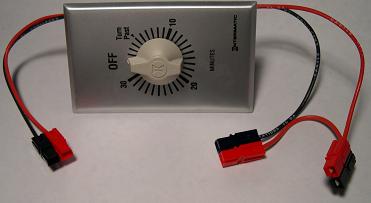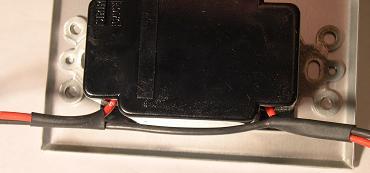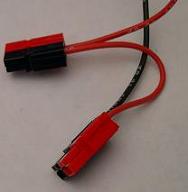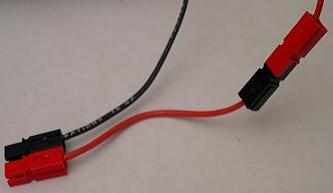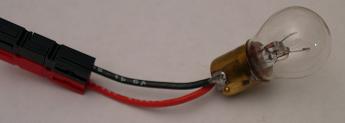Storing LiPo Packs |
The care and handling of LiPo packs is somewhat different from NiCad and NiMH.
Recommended long-term storage (greater than a month or two) procedure is basically to charge (or discharge)
the pack to about half it's capacity,
and to store in a cool place to reduce internal chemical reactions.
Some folks put their units in the freezer, but I think this is too severe.
Putting your packs in zip-lock bags in the refrigerator is reasonable as long as it does not disturb domestic tranquility.
The tricky part is the half-charge, since our chargers normally can't do this.
How do we determine half-charge?
Practically, if our pack has a resting voltage of 3.6 - 3.8 per cell, that's close enough.
How do we do this?
The most fun way is to fly our last flight of the season for a tad over half the time that normally cuts off the ESC!
Of course, what usually happens is that we think we're going to get in another session
and end up with the pack either fully charged or mostly discharged.
With a little math and a wind-up timer from your local hardware/Home Depot/Lowes you can handle either situation.
The first picture shows my 30-minute Intermatic timer (about $12).
|
|
Thirty minutes is a good interval. If you're charging, it will always take less than 30 minutes to get to half-charge. Same thing if you can discharge at 1C. The timer has markings every minute. You only have to strip the wires, no soldering is required. |
|
Mine is wired for two packs in series, since I use two packs in my larger planes. With Anderson Power Poles [a.k.a. Sermos], it's easy to switch for one pack, as the pictures show. |
|
SCENARIO #1: |
TIMER [minutes] = 60 x ( 3.70 - Vpack / #cells ) |
In words:
Set your charger for 1C, hook the pack to the charger through the timer,
and set the timer for the calculated number of minutes.
This should get you in the 3.6V-3.8V range.
If you're still a bit low, repeat.
If you overshot, go to scenario #2.
|
SCENARIO #2: |
TIMER [minutes] = 60 x ( Vpack / #cells - 3.70 ) |
In words:
If you have a charger with discharge capability, even if it's for NiCads, set it for 1C discharge,
hook the pack to the charger through the timer, and set the timer for the calculated number of minutes.
This should get you in the 3.6V-3.8V range.
If you're still a bit high, repeat.
If you undershot, go to scenario #1.
If you cannot set your discharge for 1C, correct the time with a little more math:
|
TIMER (corrected) = TIMER x ( MAH_of_pack / LOAD_CURRENT ) |
In words:
If you don't have a load, try an automotive bulb as shown below:
|
|
Typical taillight bulbs draw about two amps with 2- or 3-cell packs. For higher cell counts, hook bulbs in series. You can probably also find a socket for these bulbs at the auto parts store. |
|
